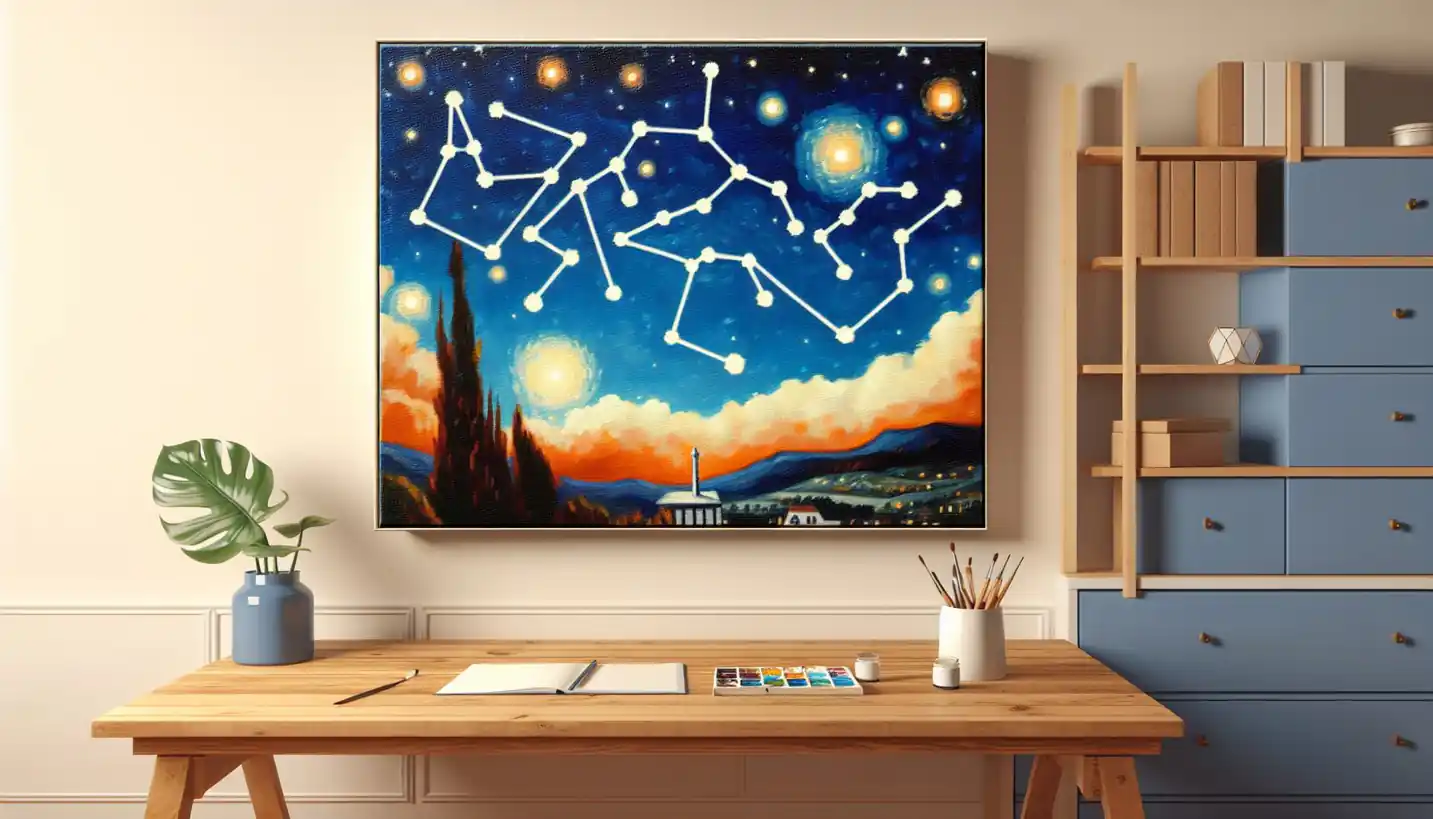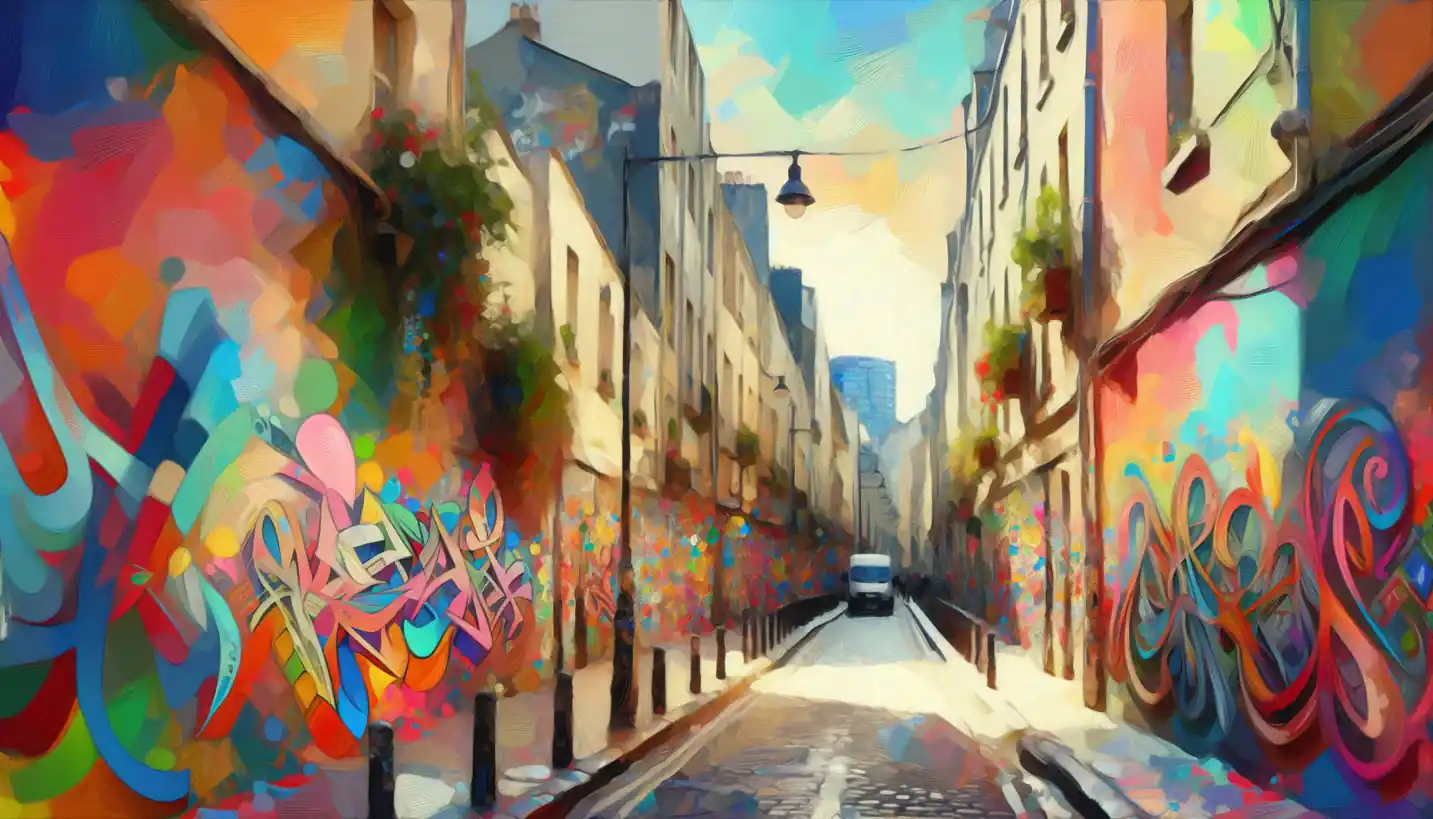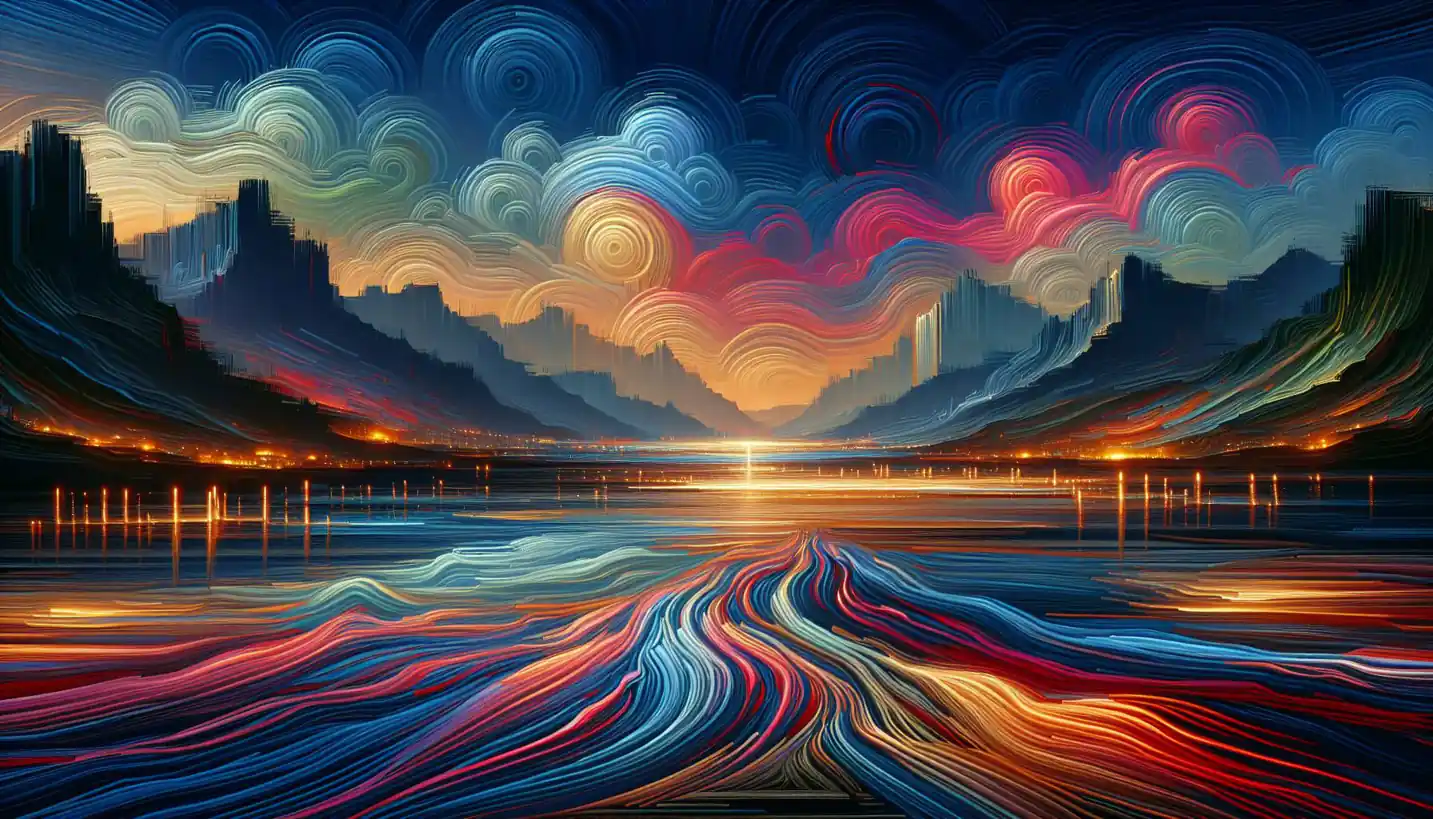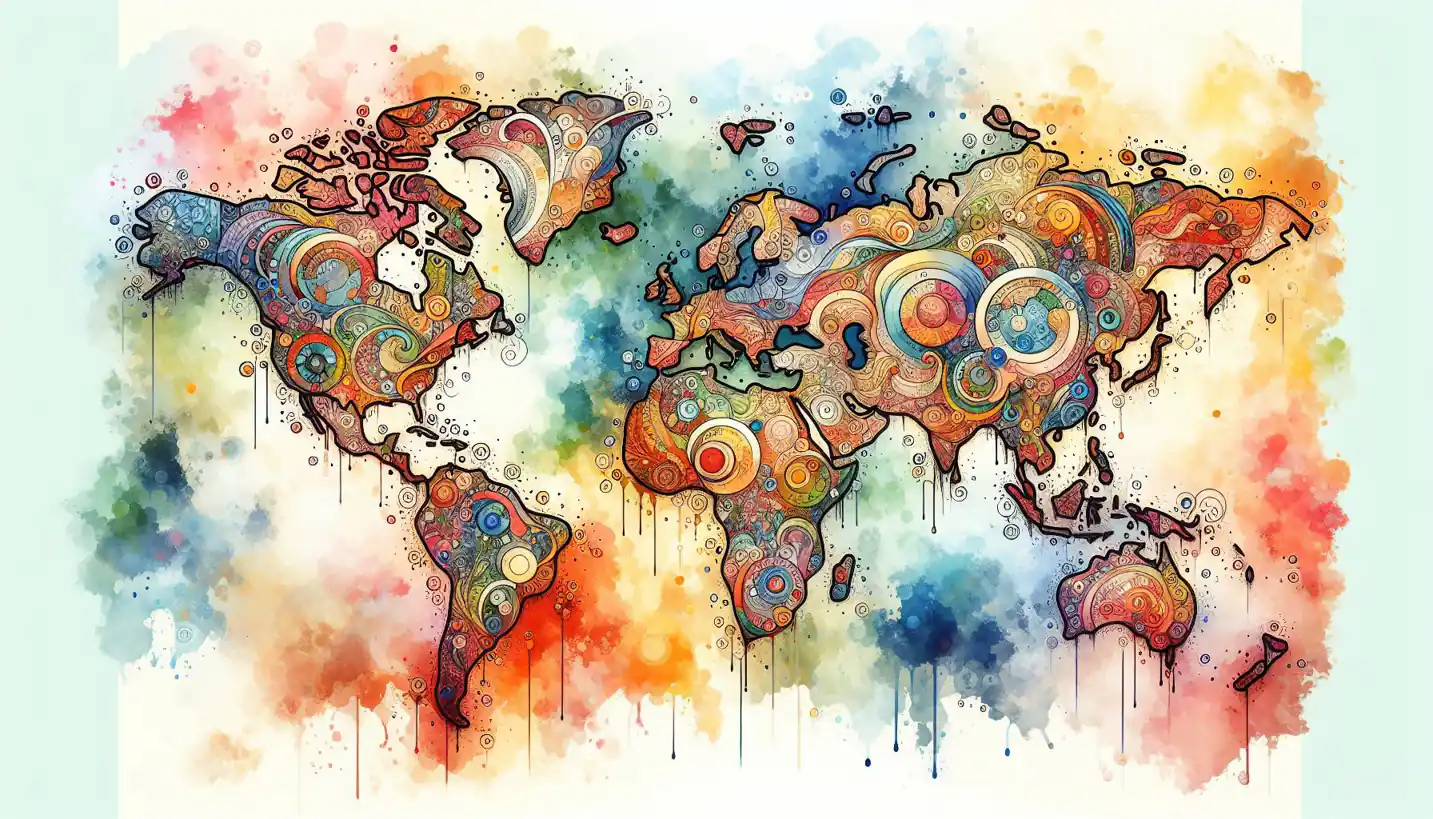· Art · 5 min read
Auteur Theory: Film as Personal Expression and Art
Auteur theory celebrates directors as the true artists of cinema. Discover how personal vision and style make a filmmaker’s work unique and memorable.
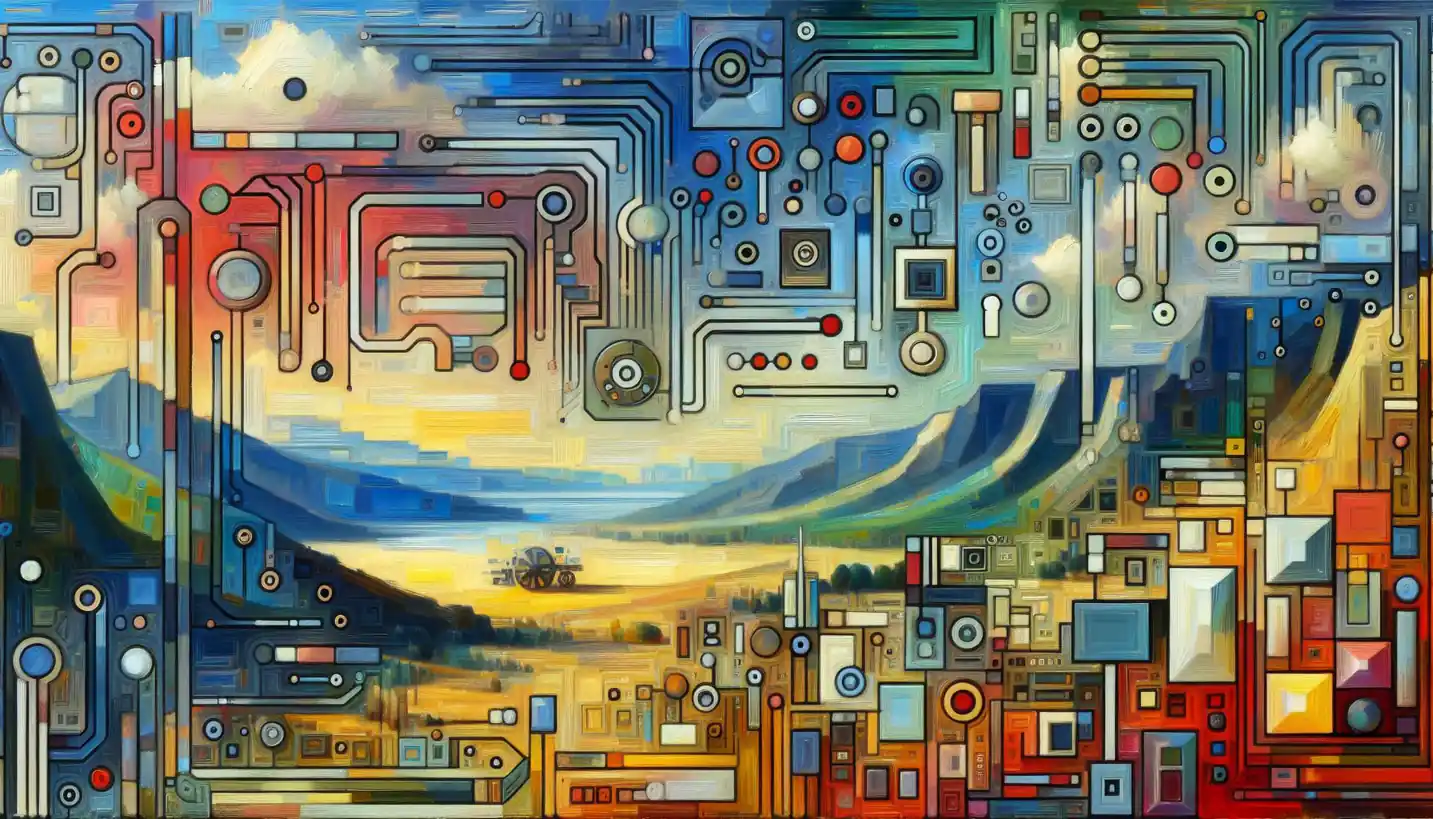
Once upon a time in the bustling world of cinema, a fascinating idea surfaced known as the “auteur theory.” Picture this: in the grand orchestra of filmmaking, there was a belief that a single individual—often the director—acted like the conductor, guiding every note, every scene, and every emotion. This idea painted the director not just as a craftsman but as an artist, infusing films with their unique style and vision.
The Seeds of Auteur Theory
The concept of auteur theory took root in the 1940s and 1950s, mainly in France. Film critics like André Bazin and François Truffaut, writing for the influential magazine “Cahiers du Cinéma,” started viewing directors as the true “authors” of films. They saw directors as artists who left a personal stamp on their works, similar to how a painter or writer might. This idea was revolutionary because, at the time, films were often seen as products created by many hands rather than a singular artistic vision.
Directors as Storytellers
Think about some of the most iconic directors like Alfred Hitchcock, Stanley Kubrick, or Quentin Tarantino. Their movies have distinct qualities that make them easily identifiable. It’s almost as if they leave fingerprints on every frame. Hitchcock’s suspenseful pacing, Kubrick’s meticulous shots, and Tarantino’s dialogue-driven scenes are all hallmarks of their auteur status. This unique style and consistency across different films is what auteur theory celebrates.
Hitchcock: Master of Suspense
Take Hitchcock, for example. His films often play with themes of suspense and ordinary people thrust into extraordinary situations. The recurring motifs of an innocent man wrongly accused or the use of intense suspenseful music became his signature. This defined him as an auteur, a narrative artist with a recognizable style.
Kubrick: The Perfectionist
Stanley Kubrick, on the other hand, was known for his perfectionism and innovative storytelling. Each of his films, from “2001: A Space Odyssey” to “A Clockwork Orange,” showcases impeccably crafted visuals and profound themes. His ability to tackle diverse genres yet maintain a consistent directorial vision solidified his status as an auteur.
The Debate: Art Versus Collaboration
While auteur theory shines a spotlight on directors, it’s important to remember that filmmaking is inherently collaborative. Critics of this theory argue that giving all the credit to directors diminishes the contributions of writers, designers, editors, actors, and other key players. A cinematic masterpiece usually results from harmonious collaboration, not just a single genius.
Collaboration in Creativity
Take “Star Wars,” for instance. Although George Lucas is often seen as the visionary behind the franchise, the magic of “Star Wars” was also shaped by its cast, special effects team, and composer John Williams. The collaborative effort resulted in the cultural phenomenon we know today.
The Evolution of Auteur Theory in the Digital Age
With the rise of digital technology and independent filmmaking, auteur theory has evolved. Now, young filmmakers can create and distribute films more easily, allowing unique voices to emerge without the need for major studio backing. This democratization of filmmaking has made the auteur approach more accessible.
Indie Films as Auteur Exploration
Directors like Greta Gerwig and Jordan Peele have emerged as modern auteurs through their distinct storytelling techniques and thematic focuses. Gerwig’s films often explore personal growth and identity, while Peele’s works delve into social commentary through the lens of horror. Their independent spirit and personal touch reflect the essence of auteur theory.
The Impact of Auteur Theory on Film Criticism
Auteur theory has significantly influenced film criticism by encouraging viewers to explore films beyond face value. It invites a deeper dive into the recurring themes, stylistic choices, and narratives of a director’s body of work. This has enriched the cinematic experience and led to a more profound appreciation of directors’ contributions to film as an art form.
Viewing Films Through an Auteur Lens
When watching a film through the lens of auteur theory, audiences might start to notice the subtle signatures of directors. Whether it’s the visual style, thematic concerns, or narrative structures, identifying these elements can enhance our understanding and enjoyment of movies.
Exploring Future Directions
So, where does auteur theory fit in today’s ever-changing cinema landscape? As audiences become increasingly sophisticated and filmmakers seek new ways to express their visions, the dialogue around auteur theory continues to evolve. There might be a shift towards recognizing collaborative authorship or embracing new mediums like virtual reality, which could further complicate the traditional notion of an auteur.
New Frontiers in Storytelling
As technology evolves, so do opportunities for storytellers. Imagine a film where you, the viewer, can influence the narrative direction. In such scenarios, the auteur’s role might transform, challenging the boundaries of traditional storytelling and authorship.
Why Auteur Theory Matters
Exploring auteur theory expands our understanding of cinema as an art form. It acknowledges the creative vision and artistic control directors bring to their work, offering a personal touch that resonates with audiences. This theory also invites us to appreciate the collaborative nature of filmmaking, reminding us that behind every great director are countless artists contributing to the final masterpiece.
The Magic of Personal Vision
Much like recognizing an artist by their brushstrokes, auteur theory allows us to see movies as more than entertainment; it turns them into windows into the minds and souls of their creators. Whether through the haunting allure of a Hitchcock thriller or the vibrant energy of a Tarantino conversation, auteur theory connects us with the deeper layers of storytelling.
In conclusion, auteur theory remains a captivating concept that invites us to ponder the delicate balance between individual vision and collaborative artistry in filmmaking. As cinema continues to evolve, this theory serves as a reminder of the personal touch that transforms films into unforgettable experiences. So, the next time you watch a movie, consider looking for the unique signature of its auteur—you might just glimpse a bit of their creative soul.
